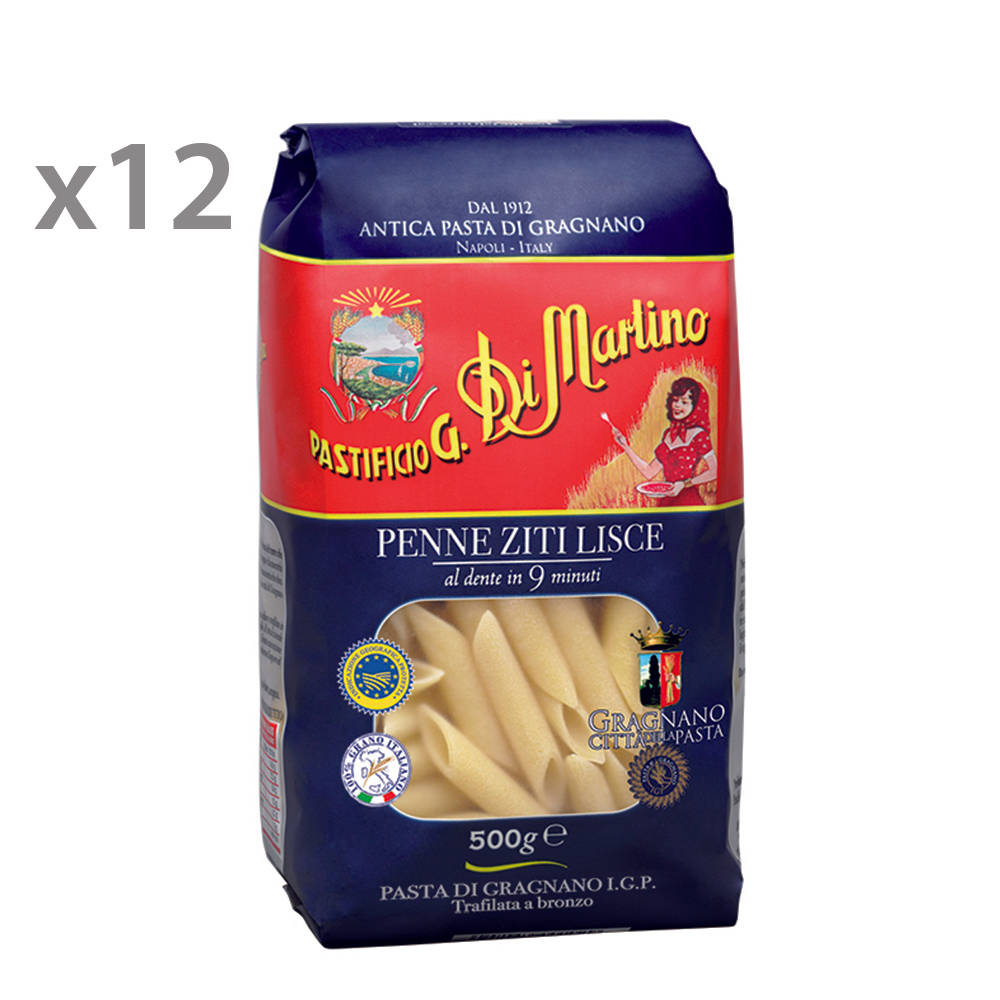

Like how to cook pasta recipe | how to boil pasta easily | how to cook pasta penne | best way to cook pasta at home | then see our other veg pasta recipe collection. Like how to cook pasta recipe | how to boil pasta easily | Cook the pasta uncovered and preferably on a medium to high flame.Įnjoy how to cook pasta recipe | how to boil pasta easily | how to cook pasta penne | best way to cook pasta at home. Always add salt along with the water so the pasta absorbs the taste of the salt while cooking. Ensure that the water is boiled well before adding the pasta to it. Make Italian favourites like Pasta in Red Sauce, Pasta and Veg Casserole and even starters like Pasta Cheese Balls. If you are not using it immediately, remember to add little olive oil to it and toss well. Use this cooked pasta immediately or within an hour. If the pasta is not to be used immediately, add 1 tablespoon of olive oil to it and toss it. Transfer to a bowl of cold water to refresh it. Immediately drain the cooked pasta into a sieve or a colander. Larger shapes (like spaghetti, fettuccine, dried lasagne sheets) may require 10 to 12 minutes. Very small pasta (like macaroni, fusilli, conchiglie, penne) may cook in 5 to 7 minutes. Cooking times may vary with the size and the thickness of the pasta. Cook uncovered, stirring occasionally and gently until the pasta is tender. Add the pasta to the boiling water by adding a few strands or one sheet of pasta at a time. To cook pasta, boil plenty of water in a large pan with 1 teaspoon of salt and 1 tablespoon of olive oil. And immediately refresh it in cold water to arrest the pasta penne further cooking. So cook the pasta only till it is 90% cooked. Undercooked pasta is undesirable and has a taste of raw flour, whereas overcooked pasta will be soft and sticky. The best way to cook pasta at home is using enough water and a deep pan for boiling.Ĭooked pasta should be 'al dente' or "firm to the bite". Perfectly cooked pasta is the first step to making a successful pasta dish. How to cook pasta is a step by step way of cooking perfectly till done. Ziti is almost always baked, whereas penne can either be baked or cooked.How to cook pasta recipe | how to boil pasta easily | how to cook pasta penne | best way to cook pasta at home | with 13 amazing images. Ziti has its ends cut straight, while penne has diagonally cut ends (cut at an angle).ģ. On appearance, ziti has a slightly larger diameter and smooth surfaces, while penne has a smaller diameter and ridged surfaces.Ģ. 
However, they both have identical cooking times and water requirements.ġ. The main difference between penne and ziti may well be that whereas penne can either be baked or cooked, ziti is always baked. It basically refers to the mid-way stage of cooking, where the pasta is hard in the middle, and the over-cooked stage where the pasta is too soft. In terms of cooking, penne is typically cooked to firmness, but not hardness, which is known as ‘al dente’ in Italian. The recipes are assembled, prepared and mildly cooked before they are baked. Baked ziti typically comprises of sauce, filling and the cooked pasta. The name is derived from the Italian word ‘zito’ for bridegroom, and ziti is traditionally served at many Italian weddings. While at times it may refer to a completely different type of pasta dish, in some places it may refer to a pasta dish with penne as the pasta. Ziti in a wider form is known as zitoni, but it’s worth noting that telling the difference between penne variants can be hard, especially in countries like the United States, because products are named differently depending on the region thus there is a tendency to interchangeably name ridged and smooth penne subtypes.

When they are cut into shorter tubes, they are called ‘cut ziti’, although some particular dishes made from penne-shaped pasta may be called ‘cut ziti’. There is a type of penne lisce that has a smooth texture without ridges, called mostaccioli, and there is also ziti, which are hollow long wands, with a smooth texture and square-cut edges. Other penne variants include the pennon, which is typically wider. Penne has two main types in Italy, namely penne lisce and penne rigate, with the rigate having ridges on each noodle. Penne is one of the many varieties of pasta with pieces in cylindrical shapes.







 0 kommentar(er)
0 kommentar(er)
